前端开发 数据通信 vue组件间传值,Vue组件间传值探索
- 问答
- 2025-07-31 11:41:03
- 9
前端开发 | 数据通信 | Vue组件间传值探索
2025年7月最新动态:Vue 4.0 Alpha版本近期发布,带来更高效的响应式系统和组件通信优化,尤其是对provide/inject性能的大幅提升,让大型应用的组件传值更加流畅。
Vue组件间传值:从入门到实战
在Vue开发中,组件间的数据传递是绕不开的话题,无论是父子组件、兄弟组件,还是跨多级组件,如何优雅高效地传值,直接影响代码的可维护性和性能,今天我们就来聊聊Vue组件传值的几种常见方式,以及它们的适用场景。
Props & $emit:父子组件的经典搭配
适用场景:父组件向子组件传递数据,子组件通过事件通知父组件。
// 父组件
<template>
<ChildComponent :message="parentMsg" @update="handleUpdate" />
</template>
<script>
export default {
data() {
return { parentMsg: "Hello from Parent!" };
},
methods: {
handleUpdate(newMsg) {
this.parentMsg = newMsg;
}
}
};
</script>
// 子组件
<template>
<div>
<p>{{ message }}</p>
<button @click="$emit('update', 'New Message!')">更新</button>
</div>
</template>
<script>
export default {
props: ['message']
};
</script>
优点:简单直接,符合单向数据流原则。
缺点:多层嵌套时,逐层传递会显得冗余。
$refs:直接访问子组件
适用场景:父组件需要直接调用子组件的方法或访问其数据。
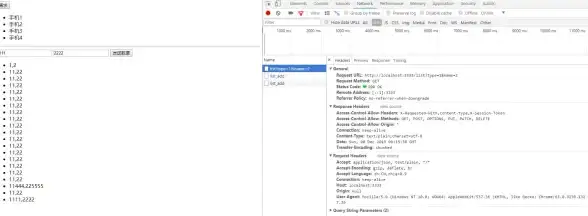
// 父组件
<template>
<ChildComponent ref="child" />
<button @click="callChildMethod">调用子组件方法</button>
</template>
<script>
export default {
methods: {
callChildMethod() {
this.$refs.child.someMethod();
}
}
};
</script>
注意:过度使用$refs会破坏组件的封装性,建议谨慎使用。
Event Bus:全局事件总线
适用场景:非父子组件间的通信,比如兄弟组件或跨级组件。
// 创建Event Bus(通常单独放在一个文件中)
import Vue from 'vue';
export const EventBus = new Vue();
// 组件A(发送事件)
EventBus.$emit('data-updated', { data: 'some data' });
// 组件B(监听事件)
EventBus.$on('data-updated', (payload) => {
console.log('收到数据:', payload);
});
优点:灵活,适合小型项目。
缺点:事件多了难以维护,需手动清理监听(EventBus.$off)。
Vuex:集中式状态管理
适用场景:中大型项目,需要共享状态的多个组件。
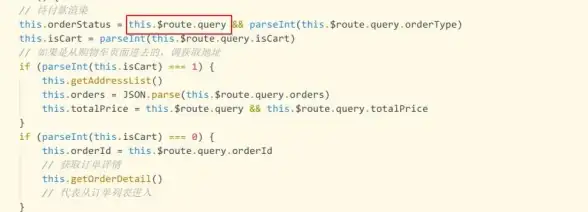
// store.js
import Vue from 'vue';
import Vuex from 'vuex';
Vue.use(Vuex);
export default new Vuex.Store({
state: { count: 0 },
mutations: {
increment(state) { state.count++; }
}
});
// 组件中使用
this.$store.commit('increment');
console.log(this.$store.state.count);
优点:状态集中管理,适合复杂应用。
缺点:小型项目可能显得“杀鸡用牛刀”。
provide / inject:依赖注入
适用场景:祖先组件向后代组件透传数据,避免逐层传递。
// 祖先组件
export default {
provide() {
return { theme: 'dark' };
}
};
// 后代组件
export default {
inject: ['theme'],
mounted() {
console.log(this.theme); // 输出 'dark'
}
};
注意:Vue 4.0 优化了其性能,但在非响应式数据场景下需额外处理。
$attrs & $listeners:透传属性和事件
适用场景:高阶组件(HOC)或需要透传props/事件的场景。
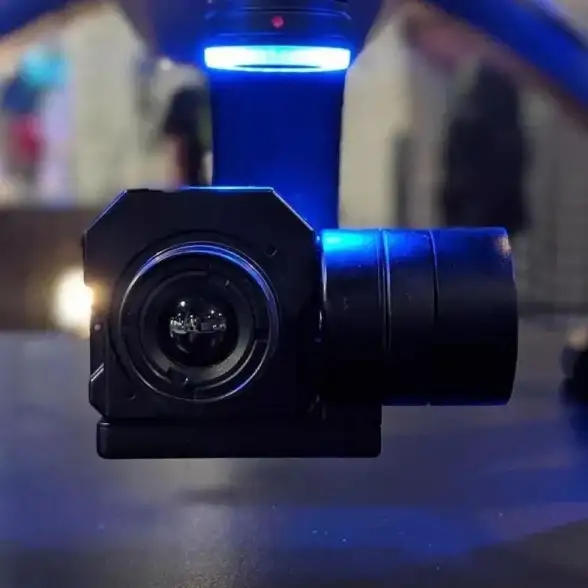
// 父组件 <ChildComponent :value="inputValue" @input="handleInput" /> // 子组件(透传给孙子组件) <GrandChildComponent v-bind="$attrs" v-on="$listeners" />
如何选择?
- 简单父子通信:
props+$emit。 - 跨组件/兄弟组件:
Event Bus(小项目)或Vuex(大项目)。 - 深层嵌套:
provide/inject或Vuex。 - 需要直接调用子组件方法:
$refs(慎用)。
随着Vue 4.0的到来,provide/inject和响应式系统的优化让开发者有了更多选择,但核心原则不变:根据项目规模和数据流复杂度选择最合适的方式。
希望这篇指南能帮你理清思路,下次写组件时不再为传值发愁!
本文由 倪傲菡 于2025-07-31发表在【云服务器提供商】,文中图片由(倪傲菡)上传,本平台仅提供信息存储服务;作者观点、意见不代表本站立场,如有侵权,请联系我们删除;若有图片侵权,请您准备原始证明材料和公证书后联系我方删除!
本文链接:https://vps.7tqx.com/wenda/494114.html
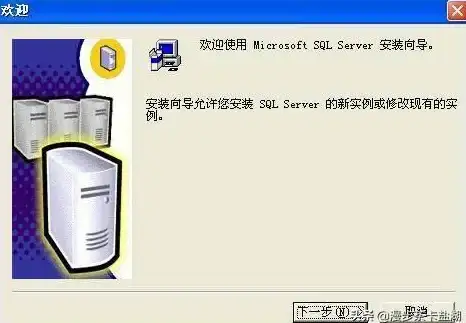
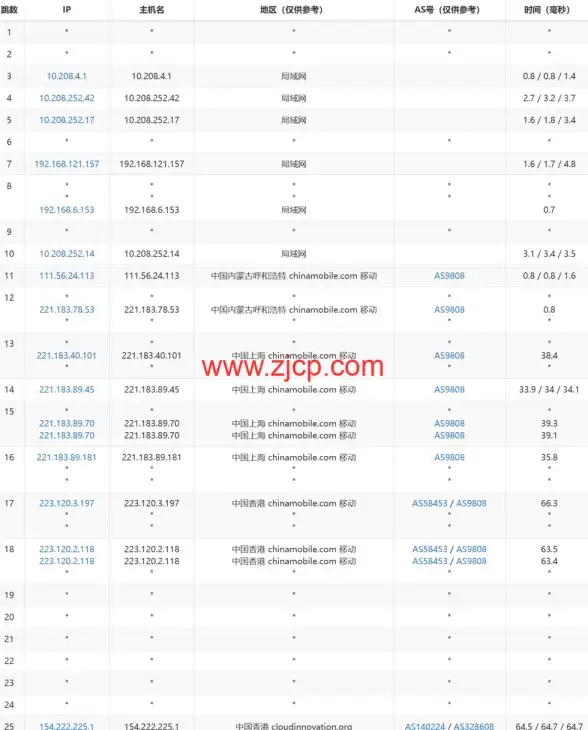
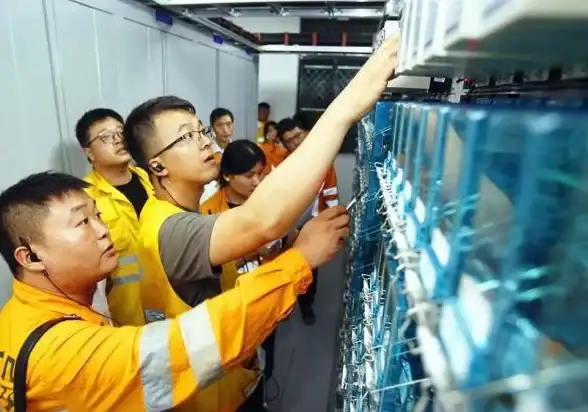
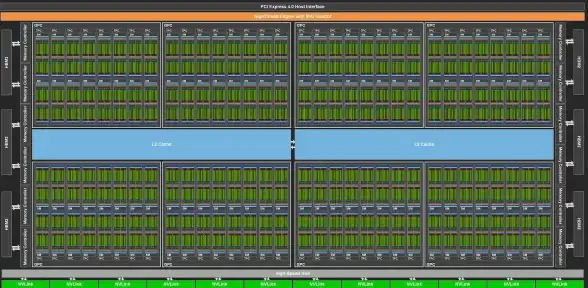

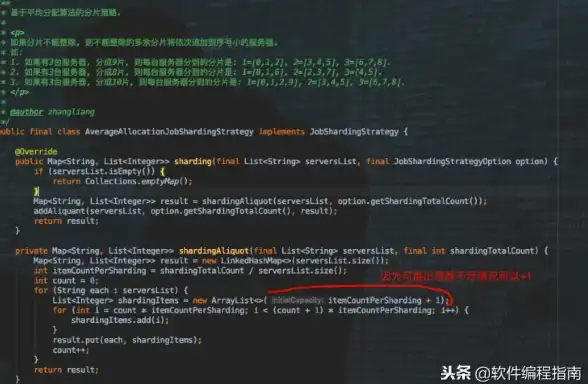



发表评论